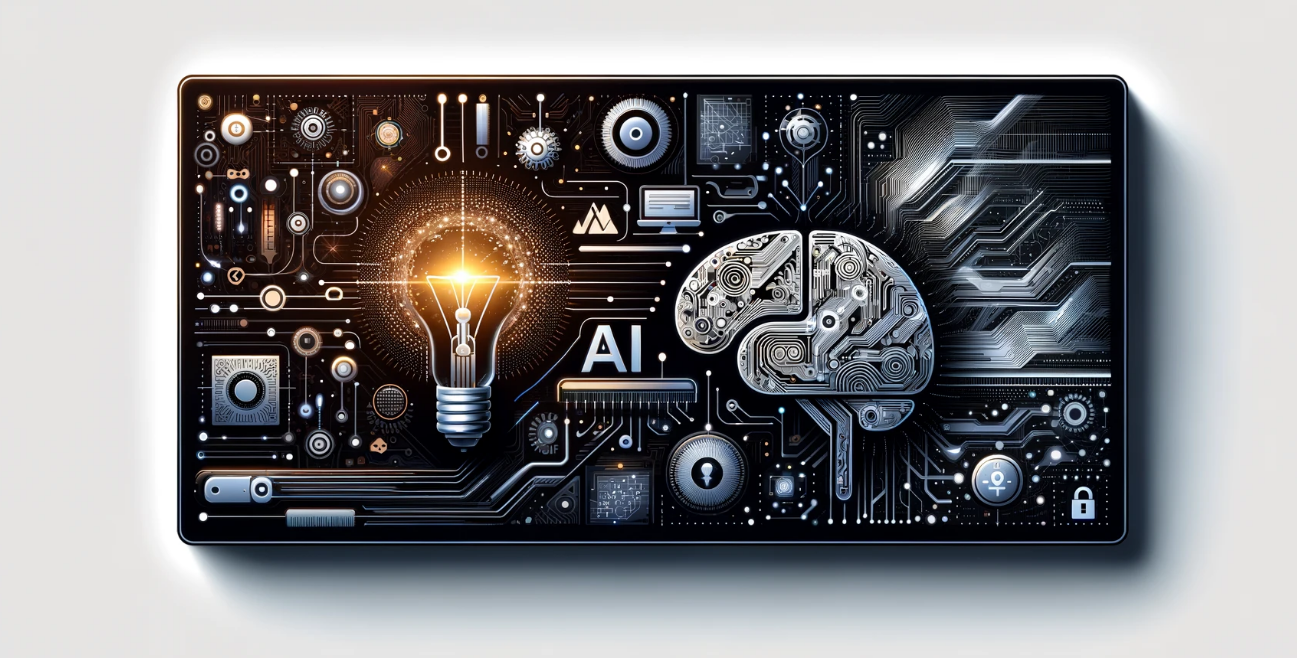Introduction
Artificial Intelligence is no longer just a futuristic concept—it’s here, and it’s changing the way we create content. From writing catchy headlines to generating entire blog posts and crafting perfectly timed social media hashtags, AI content generation is reshaping digital strategy. Especially in AI marketing and B2B lead generation, the shift is accelerating. This article explores how AI helps content creators, marketers, and businesses streamline workflows and elevate content performance from start to finish.
Understanding AI Content Generation
AI content generation refers to the use of Artificial Intelligent systems to produce written, visual, or audio content. Powered by natural language processing (NLP), machine learning, and generative AI, these systems can mimic human creativity and logic to a surprising degree.
What began as rudimentary auto-fill text has now evolved into sophisticated tools capable of writing articles, designing graphics, and suggesting marketing strategies. This transformation has been especially useful in AI marketing, where timely, relevant, and engaging content is a constant need.

Benefits of AI in Content Creation
One of the most significant advantages of AI content generation is speed. What used to take hours can now be done in minutes. In addition, AI ensures consistency in tone and style, which is critical for brand identity.
Cost-effectiveness is another major draw. Small teams or solo entrepreneurs can now compete with larger content teams. On top of that, AI allows for scalable personalization—creating tailored messages for different audience segments without starting from scratch every time.
How AI Generates Headlines That Work
Headlines are arguably the most critical element in capturing attention. Using AI tools like Jasper or Copy.ai, marketers can generate dozens of headline variations within seconds. These tools analyze engagement metrics, emotional triggers, and keyword density to recommend options likely to perform best.
This isn’t just guesswork—AI systems are trained on vast amounts of successful content, blending data-driven insight with creative flexibility. It’s the perfect harmony of logic and persuasion, ideal for both B2C and B2B lead generation.
Writing Long-Form Content with AI
AI writing tools have reached a level where they can produce well-structured, coherent long-form articles. These platforms often include SEO optimization features, topic clustering, and readability analysis.
Still, human input is crucial. AI might provide the foundation, but editorial judgment ensures that the content aligns with brand voice and adds the necessary nuance, context, and emotion. In short, AI does the heavy lifting; humans fine-tune the message.
Crafting Social Media Captions and Hashtags Using AI
Social media moves fast, and staying relevant means posting timely, engaging content. AI tools can now create witty, relatable captions while analyzing trends to suggest the best hashtags.
Tools like ChatGPT, Lately, and Hashtagify allow marketers to create cohesive social media calendars that align with brand campaigns. Whether it’s for a product launch or a B2B lead generation campaign, AI makes sure your message gets the visibility it deserves.
AI and Visual Content: Pairing Text with Graphics
Beyond text, AI is revolutionizing visual storytelling too. Platforms like DALL·E and MidJourney generate high-quality images based on written prompts, making it easier to pair visuals with content without hiring a designer.
Combining strong captions with AI-generated visuals ensures maximum impact, especially on social media. This synergy is rooted in cognitive psychology—images draw attention, and text delivers the message.
Tools and Platforms Dominating AI Content Creation
There’s no shortage of tools when it comes to AI content generation. Jasper, Writesonic, Copy.ai, and ChatGPT lead the pack for writing. Lumen5 handles video content, while Canva’s Magic Write brings AI into the design world.
Each tool has its strengths. Jasper is great for long-form writing. Writesonic excels at ad copy. ChatGPT shines in conversation-style content. Choose based on your needs—whether it’s B2B lead generation, blog writing, or brand storytelling.
The Role of Human Creativity in AI Content
Despite all the automation, the human touch is irreplaceable. AI can mimic, but it can’t empathize. Creativity, storytelling, and emotional intelligence are areas where human input truly shines.
AI helps with structure, speed, and data. Humans bring originality, authenticity, and soul. A successful content strategy blends both, ensuring messages feel real while remaining efficient.
Challenges and Ethical Considerations
AI content generation isn’t without its pitfalls. Issues around plagiarism, content originality, and AI bias are real concerns. Transparency is vital—audiences should know when content is AI-assisted.
Another ethical challenge is ensuring diversity and inclusivity. Since AI learns from existing data, it can inadvertently perpetuate stereotypes unless carefully monitored.
AI for Multilingual and Global Content Reach
AI excels at breaking language barriers. Translation tools like DeepL and Google Translate, when combined with AI editing platforms, can produce localized content that resonates globally.
This is particularly helpful for global B2B lead generation, where companies must appeal to culturally diverse markets. AI ensures consistency across languages while allowing room for regional customization.
Measuring Performance of AI-Generated Content
You can’t improve what you don’t measure. AI content tools often include performance analytics—tracking click-through rates, engagement levels, and conversion metrics.
A/B testing can show whether AI-generated content performs better than human-written pieces. Over time, these insights help marketers optimize future campaigns and justify investments in AI marketing tools.
Future Trends in AI Content Generation
The future of AI in content creation is exciting. Expect more hyper-personalized content, driven by user behavior in real-time. We’ll also see AI generating immersive content for AR and VR platforms.
Another trend is real-time content generation—think live updates during events or personalized newsletters created as users browse. These innovations will redefine how brands engage with their audiences.
Final Thoughts
AI content generation is not about replacing humans; it’s about amplifying human potential. From headlines to hashtags, AI makes content creation faster, smarter, and more data-informed.
For marketers, especially in the B2B space, adopting AI tools is no longer optional—it’s a competitive advantage. The key is to combine the logic of Artificial Intelligent systems with the creativity of the human mind.

